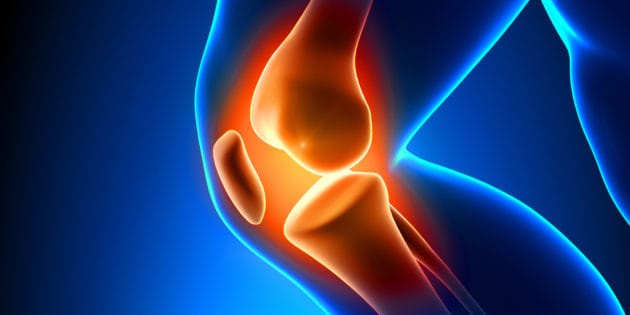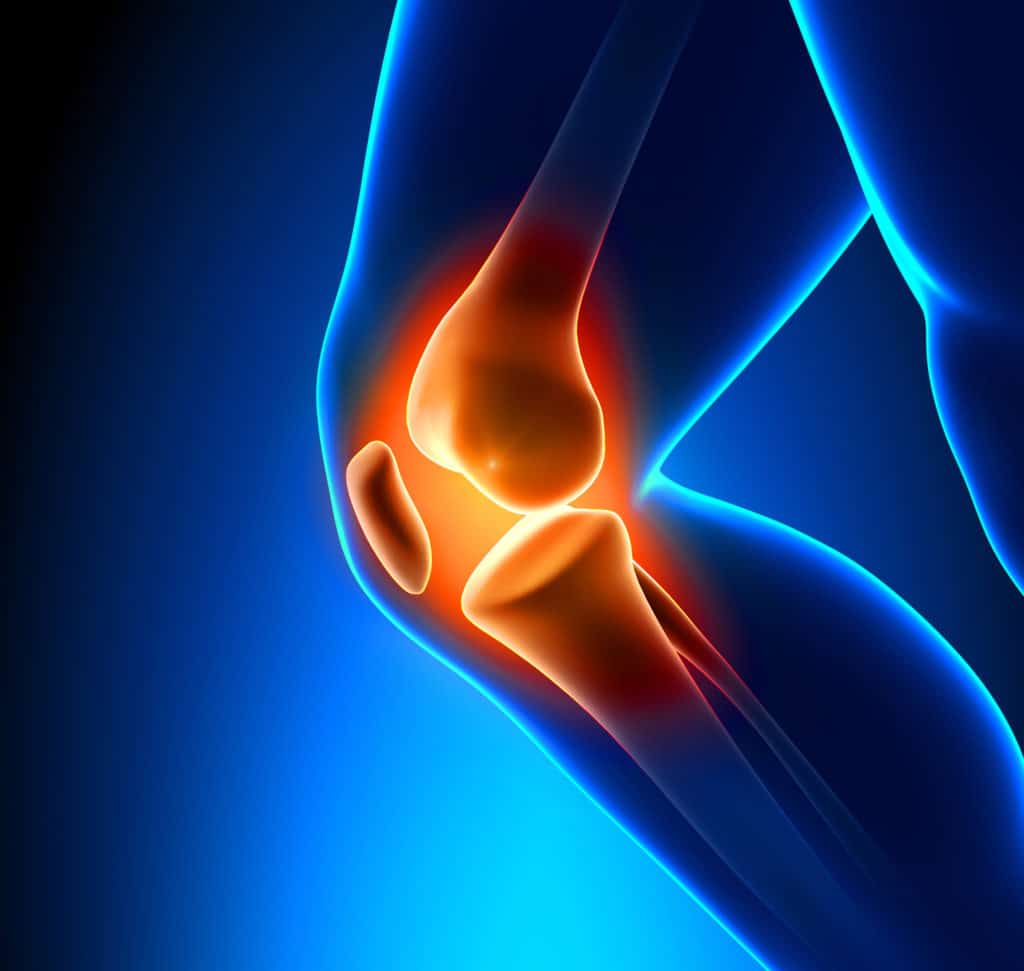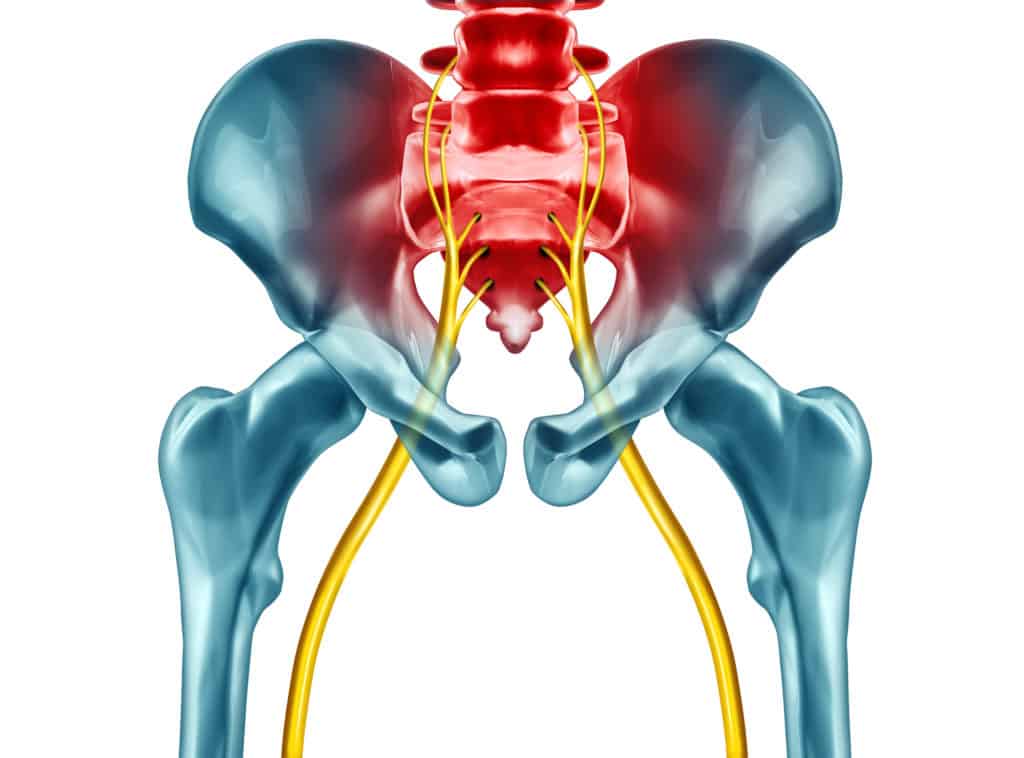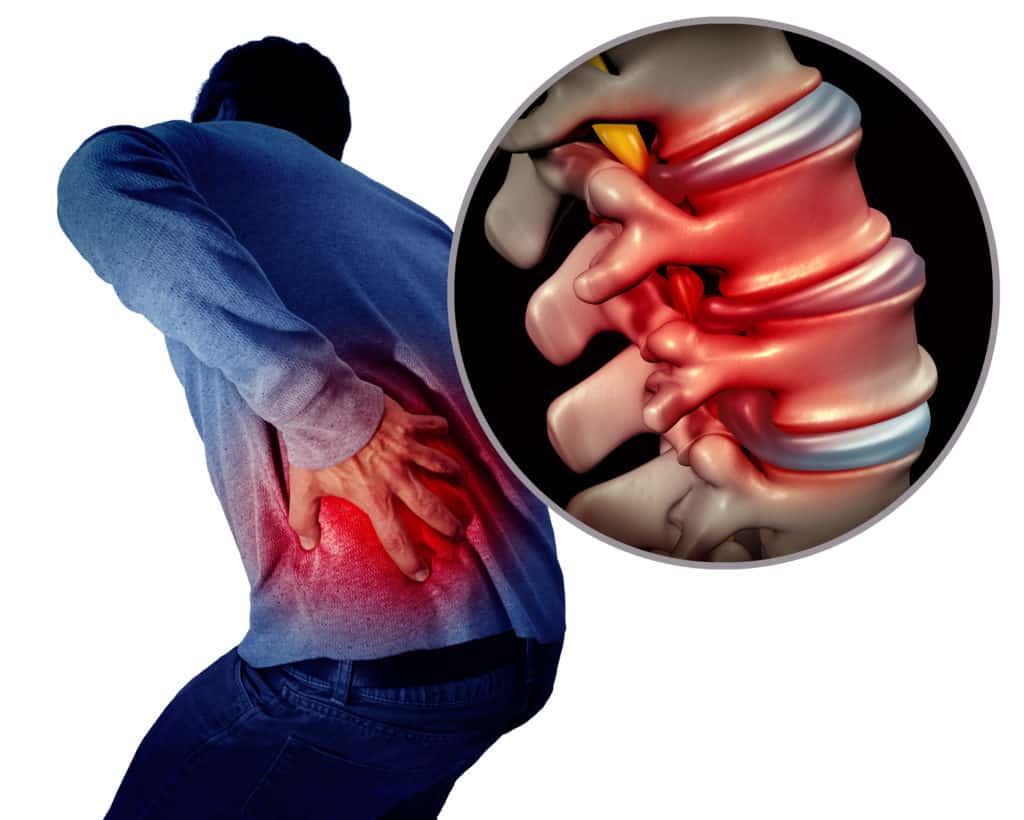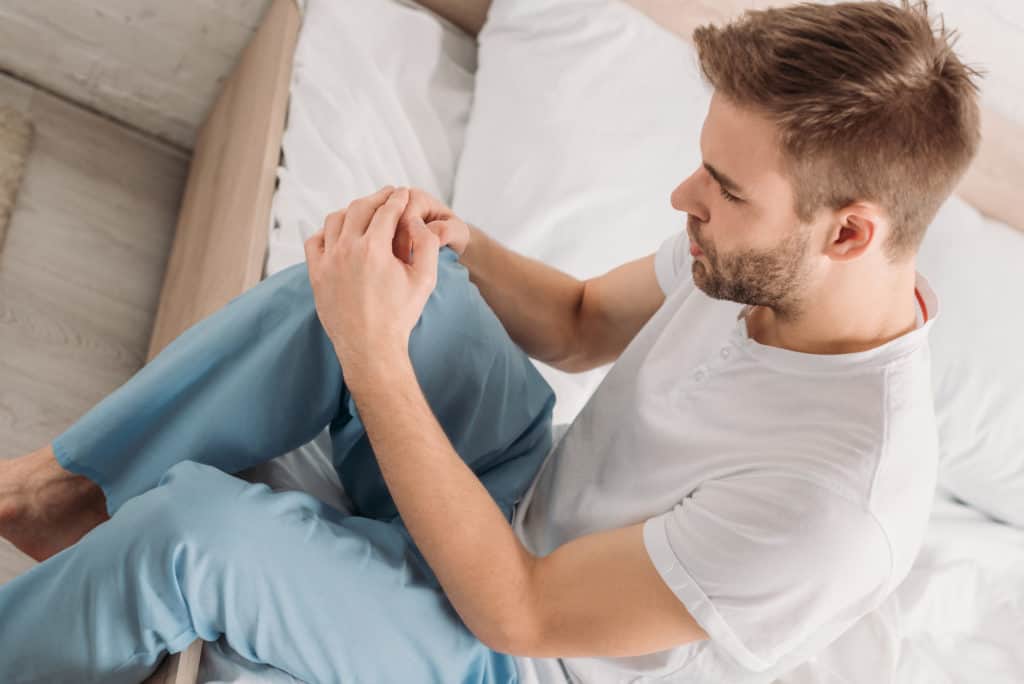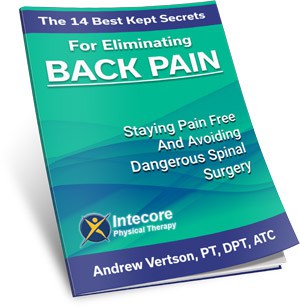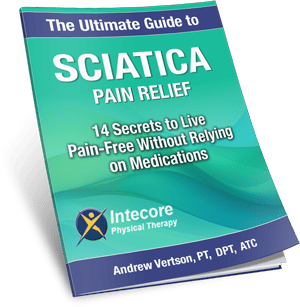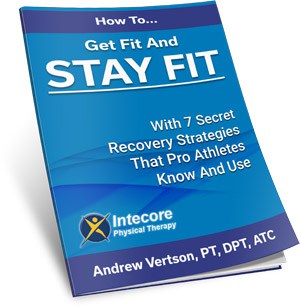Time to answer an age-old question. Does Sciatica cause knee pain?
There is a frequent misconception that when you feel pain in the knees, it is a result of issues with the knee joint itself of the surrounding ligaments or tendons. However, it might surprise you to learn that this may not be the case.
Often, the actual cause of knee pain is your spinal cord or an issue with the nerves in your lower legs because the spinal nerves link directly to your knee muscles. So, if anything is compressing these nerves inside your body, such as inflammation from an injury, it could lead to various knee issues.
Do you have any of the following symptoms that could indicate that your knee pain relates to an issue with your spine?
- Along with knee pain, there is back pain: If you have pain in your back and pain in your knee, it could mean that your knee pain has something to do with your spine or sciatic nerves. Do you feel tightness in your lower back? If you are sedentary for long periods and feel pain in your knees and back, the two things could very well be connected.
Why?
Because remaining seated reduces the height of your spinal disks and extends their “bulge.” In addition, sitting also increases the pressure on the disks compared to standing upright. And, since a nerve connects your lower back and knees, pain can travel to your knees if this excess pressure is pinching a nerve and causing an issue in the lumbar region.So, if you have severe knee pain, do you also have pain in your lower back or elsewhere in your body? Yes. Well, even if the pain is mild, we recommend you book a consultation with a physical therapist for a complete evaluation.
- You feel tightness in your hamstrings:While you’ve been exercising lately, have you noticed tightness or tension in your hamstrings (the large muscles at the back of your thighs)? Does stretching the muscles not seem to shift it either? If so, it might interest you to hear that this tightness is one of the primary symptoms that spinal nerve issues may be causing your knee pain.
- Your hamstrings are the major muscles in the back of your thighs. When these essential muscles become chronically tight, your lower back stability decreases. This loss of strength then puts stress in your spinal joints – with your lower back desperately attempting to readdress the balance and adjust to the changes. Eventually, the chronically tight muscles and loss of stability cause pain in the lower back with stiffness and pain traveling down into the leg and knees. When things get this bad, even moving around can damage the hamstring muscles, so you need to consult a PT.
You most likely have an issue with your lower back or lumbar region, which a physical therapist can identify. If you don’t seek treatment for this issue, over time, your hamstrings can become quite seriously swollen and cause pain discomfort, sometimes leading to permanent damage.
Longer-term, the tightness in the muscle and connective tissue may also damage the meniscus in your knee, causing pain and swelling, which may result in you needing knee surgery if you don’t consult with a physical therapist to diagnose and treat the root cause before things progress.
- Weakness in the quadriceps/ hips: Your quadriceps are in the frontal area of your thigh. In bodybuilding, they call them “teardrops” because the muscle pops and looks like a teardrop when it’s under tension.
Quadriceps help with hip and knee movement because the muscle and connective tissue in the quadriceps attach to the ball-and-socket joint in the hip. If there is any dysfunction or weakness in the quadriceps, it affects the hips.
The entire body connects – with nerves from the spine connecting and controlling quad and hip movements. So, if these nerves are aggravated or pinched, it can cause weakness in the hips/quads and knee pain.
- Bunion formation: Yes, really. It might sound unusual to suggest that the spine has anything to do with getting bunions. But patients with spinal issues are also at risk of bone spurs/bunions because the spinal nerves link to the muscles of the feet via the sciatic nerve and help with stability.
If these nerves suffer damage, it may impair regular movement and cause the feet to turn inwards, flattening the foot’s arch. The resulting inflammation leads to a condition called “foot pronation,” which describes the misalignment of the central tendon, causing the big toe joints to curve unnaturally.
The pressure this condition causes is the catalyst to the development of bunions. But what does that have to do with knee pain? Well, the changes in your walking pattern that occur due to painful bunions can cause problems with the alignment of your hips and knees, resulting in pain.
The Sciatic Nerve and Knee Pain: What’s The Connection
Most cases of knee pain arise due to issues with the nerves that connect the spine and lower parts of the body. One area that is especially prone to these issues is the sciatic nerve, the largest and longest of its kind in the human body.
The sciatic nerve stretches from the lower back to the toes – via the back of the knees. That’s why the root cause of knee pain is often the sciatic nerve because it links to the muscles in your knee.
Due to injury or aging, spinal vertebral disks can deteriorate or bulge outwards, causing pressure on the surrounding nerves. Specifically, the sciatic nerve causes pain that originates in the lower back and radiates downwards into your leg.
This pain can go further and reach your knee if the pinching of the nerve occurs at the 2nd, 3rd, or 4th vertebra. We call this type of pain “referred pain” because it originates in one part of the body. Still, you feel it in a separate part of the body due to the connecting sensory nerves.
When there is an issue with your sciatic nerve that causes pain, we commonly refer to it as a condition called “sciatica.”
What Are the Symptoms Of Sciatica?
When something like inflammation pinches or aggravates your sciatic nerve, it leads to sciatica. This condition begins as a shooting pain in the lower back that radiates down your knee and leg. However, you may also feel discomfort and pain in other seemingly unconnected areas of the body, like the outside edge of the leg and down the side of the hip.
In the case of low-level irritation of the sciatic nerve, you may not even feel pain in the lower back or leg. Instead, the damaged nerve could weaken the muscles in and around your knee and lead to knee pain. The condition may also have additional symptoms like numbness and tingling in the feet and legs.
How Do We Diagnose Sciatica?
Some of the root causes of sciatica include herniated disks, osteoarthritis, pregnancy, and degenerative disk disease, amongst others.
To diagnose the root cause of your sciatica – if it is not immediately apparent, you may need to undergo tests and X-rays to confirm the diagnosis and find out whether a problem with your sciatic nerve is the actual cause of your knee pain.
But once you do have sciatica, we can formulate a plan to deal with the underlying cause and treat your back and knee pain in tandem.
How To Treat Sciatica and Knee Pain
Treatments for sciatica-related knee pain include everything from self-care, postural correction, and physical therapy to surgery (as a last resort).
- Self-care: If your symptoms are mild, you can treat the problem at home by introducing healthy habits, like getting adequate exercise, daily stretching movements, and maintaining a healthy weight.
All these things help to reduce the pressure on your sciatic nerve. In addition, back strengthening exercises specifically and getting enough sleep can help reduce the symptoms of sciatica and knee pain.
But we recommend you consult a physical therapist or doctor before beginning any new exercise routine. If your pain is severe or persists, please seek treatment.
- Maintaining the correct posture: Keeping a good posture, even when sitting, helps balance your weight evenly and keep your spinal cord in proper alignment. Improper spinal cord alignment is one of the most common causes of sciatica and knee pain.
In addition, good posture helps to stabilize the lower body and relieve excess pressure on the nerves. Learning how to carry weights properly and understanding the mechanics of your body can also help to alleviate and prevent knee and back pain.
- Use of physical therapy:Among the available treatment options, physical therapy is one of the most effective and efficient therapies for treating sciatica and knee pain.
We create a treatment schedule based on your specific set of symptoms. This plan helps to treat the root cause and helps to prevent reoccurrence so that you can resume your regular daily activities without pain or discomfort.Book your free consultation now!
- 7 Ways to Get Rid of Tension Headaches Naturally - July 1, 2025
- Why Are My Feet Swollen? Common Causes Explained - June 2, 2025
- What Is Restless Leg Syndrome? Symptoms, Causes, and Relief Options - May 5, 2025

